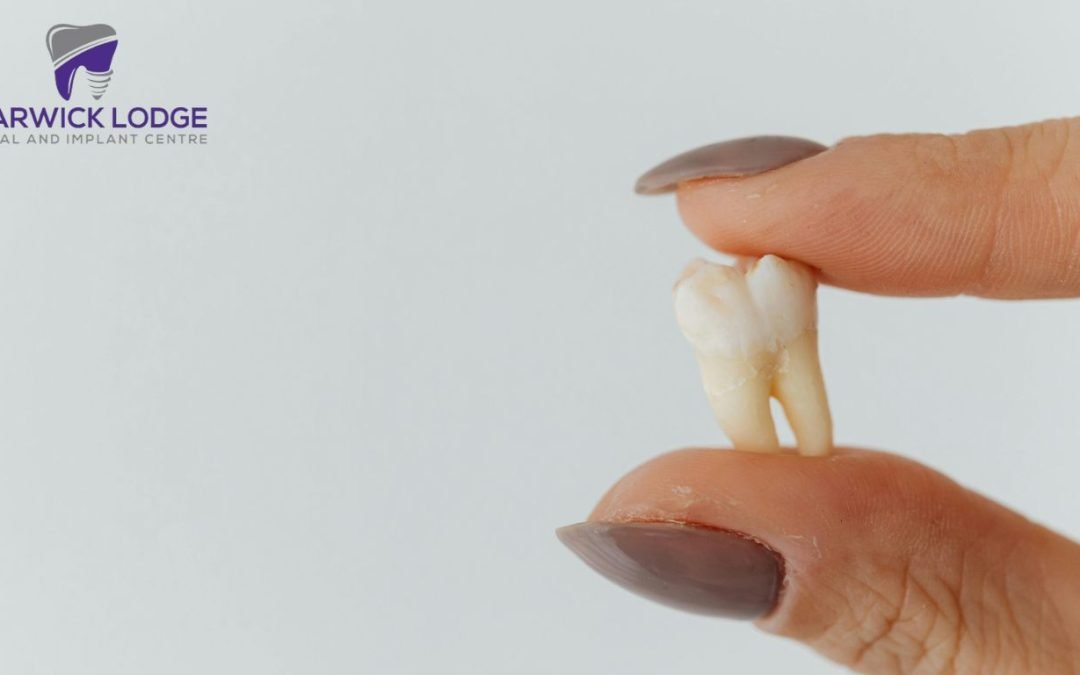Surgical tooth extractions are often necessary when dental health issues go beyond the scope of standard treatments. While the thought of oral surgery can feel intimidating, understanding what to expect before, during, and after the procedure can help ease your concerns. This comprehensive guide covers all aspects of surgical tooth extractions, ensuring you are informed and prepared every step of the way.
What Is Surgical Extraction?
A surgical tooth extraction is a procedure performed when a tooth cannot be removed using standard methods. This often applies to teeth that are impacted (stuck in the jawbone or gum), severely decayed, or fractured. Surgical extractions may also be necessary for teeth that are difficult to access, such as wisdom teeth.
Unlike simple extractions, which involve loosening the tooth and removing it with forceps, surgical extractions require an incision in the gum and, in some cases, the removal of bone to access the tooth. This is typically carried out by an oral surgeon or a dentist trained in surgical procedures.
When to Get a Surgical Extraction?
You may need a surgical extraction if you experience any of the following conditions:
- Impacted Teeth: Commonly associated with wisdom teeth, impacted teeth are trapped beneath the gum or bone, causing pain or infection.
- Severe Tooth Decay: When a tooth is too damaged to be saved with a filling or crown, extraction may be the only solution.
- Tooth Fractures: A broken tooth that cannot be repaired might need to be surgically removed.
- Overcrowding: In preparation for orthodontic treatment, teeth may need to be removed to create space in the mouth.
- Infections or Abscesses: Severe infections that cannot be treated with antibiotics or root canal therapy may require extraction.
The Surgical Extraction Procedure
- Preparation: The dentist examines your tooth and surrounding tissue through X-rays to understand the extent of the issue.
- Anesthesia: Local anesthesia or sedation is administered to numb the area and keep you relaxed.
- Accessing the Tooth: The dentist makes a small incision in the gum to expose the tooth and, if necessary, removes bone tissue covering it.
- Removing the Tooth: If the tooth is large or impacted, it may be divided into sections for easier removal.
- Cleaning and Closing: The area is cleaned thoroughly, and stitches are placed to aid healing.
What to Expect During Recovery
After the procedure, some discomfort and swelling are normal as your body begins to heal. Most patients can manage these symptoms with pain relievers, cold compresses, and proper aftercare. Healing typically occurs in two phases:
Initial Healing: Gums heal within 1-2 weeks.
Bone Healing: Bone tissue takes longer, often several months.
Tips for Aftercare
- Rest: Take it easy for at least 48 hours after surgery. Avoid strenuous activities that could disrupt the healing process.
- Pain Management: Use prescribed or over-the-counter medications as directed to manage discomfort.
- Oral Hygiene: Avoid brushing near the extraction site for the first 24 hours. Afterward, rinse gently with a saltwater solution to keep the area clean.
- Diet: Stick to soft foods like yogurt, mashed potatoes, and smoothies. Avoid hot, spicy, or crunchy foods that could irritate the surgical site.
- Avoid Smoking and Straws: Both can dislodge the blood clot, leading to dry socket and delayed healing.
When to Call Your Dentist
While most surgical extractions heal without issues, you should contact your dentist immediately if you experience:
- Persistent or severe pain
- Prolonged bleeding
- Signs of infection, such as fever, swelling, or pus
- Difficulty opening your mouth
Conclusion
Surgical tooth extractions are a common and effective solution for complex dental issues. By understanding the process, preparing properly, and following aftercare instructions, you can ensure a smooth recovery and protect your oral health.
At Warwick Lodge Dental and Implant Centre, we provide expert surgical extraction services with a focus on patient comfort and care. Contact us today to schedule your consultation and take the first step toward a healthier smile.

